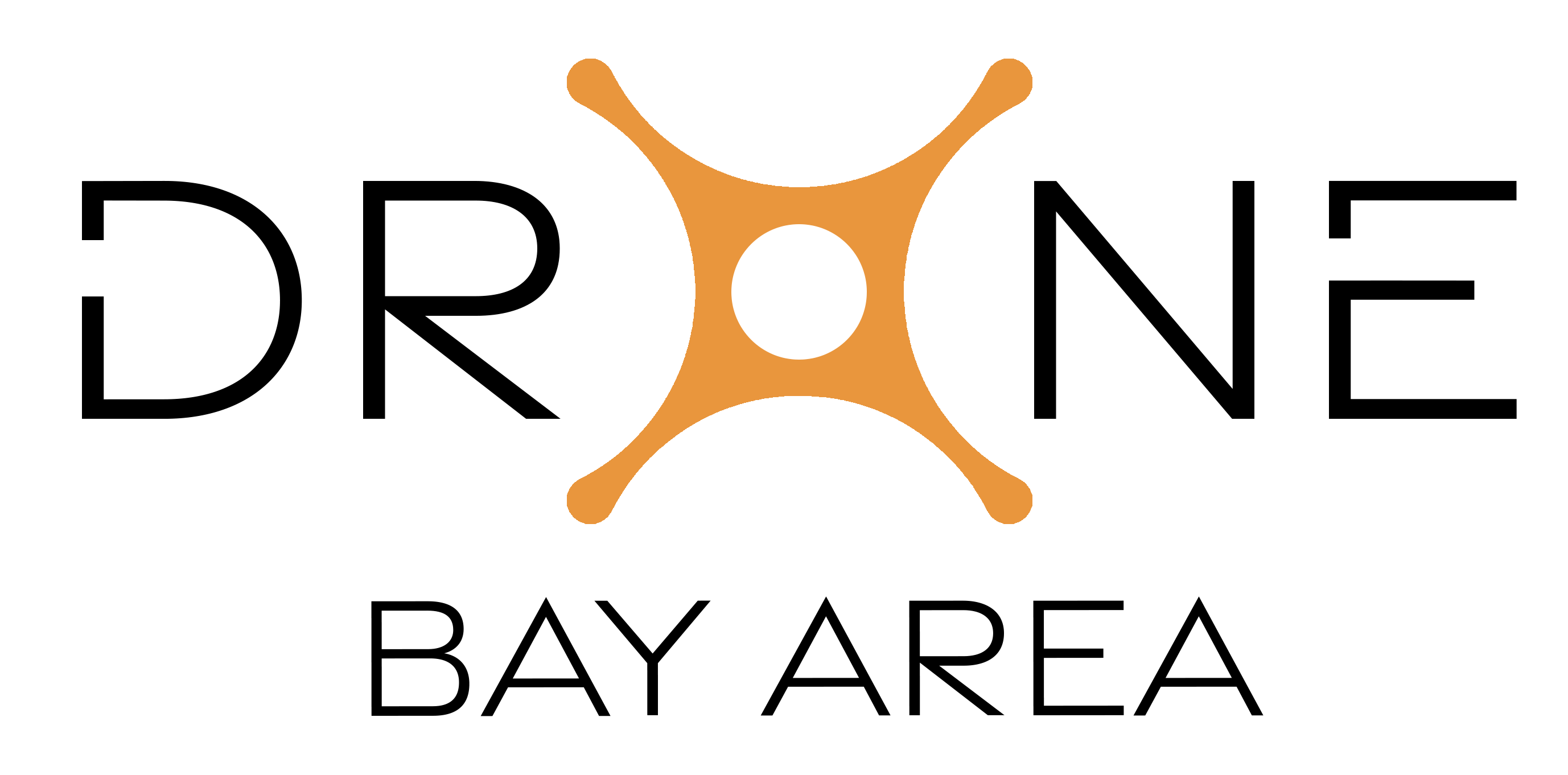In recent years, the increasing popularity of drones has brought about exciting possibilities for aerial enthusiasts and professionals alike. However, with great innovation comes great responsibility. Ensuring the safe operation of drones is paramount to prevent accidents, respect privacy, and maintain a positive public perception. In this guide, we explore essential tips for drone safety.
1. Understand and Abide by Regulations
Before taking to the skies, familiarize yourself with local regulations governing drone flights. Different regions may have varying rules regarding altitude limits, no-fly zones, and registration requirements. Stay informed and comply with these regulations to avoid legal repercussions.
2. Pre-flight Checklist
Prior to each flight, conduct a thorough pre-flight checklist. Ensure that your drone is in good condition, batteries are charged, and all components are securely attached. Regular maintenance can prevent mid-air malfunctions.
3. Choose Suitable Flying Conditions
Selecting the right weather conditions is crucial for safe drone operation. Avoid flying in strong winds, thunderstorms, or low visibility conditions. Ideal weather ensures better control and reduces the risk of accidents.
4. Maintain Visual Line of Sight (VLOS)
Always keep your drone within your line of sight during flight. This not only helps maintain control but also prevents collisions with obstacles or other aircraft. If using FPV (First Person View), have a spotter to assist in maintaining awareness of your surroundings.
5. Respect Privacy
Be mindful of people’s privacy when flying your drone. Avoid capturing images or videos of individuals without their consent, and refrain from flying over private property without permission. Respect local and cultural norms related to privacy.
6. Stay Away from Restricted Areas
Adhere to no-fly zones and restricted airspace, such as airports, government buildings, and emergency response areas. Familiarize yourself with geofencing features on your drone to automatically avoid these prohibited zones.
7. Emergency Procedures
Prepare for unexpected situations by knowing how to handle emergency procedures. This includes understanding how to initiate a safe landing, dealing with signal loss, and implementing return-to-home features.
8. Educate Others
Promote a positive image of drone usage by educating others about responsible flying. Share information with fellow drone enthusiasts, friends, and family to foster a culture of safety within the community.
Conclusion
As drone technology continues to evolve, the responsibility lies with each operator to ensure safe and ethical usage. By following these guidelines and staying informed about evolving regulations, drone enthusiasts can contribute to a positive and secure environment for all. Fly safely, explore responsibly, and enjoy the boundless opportunities that drones offer.
